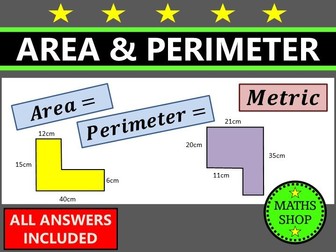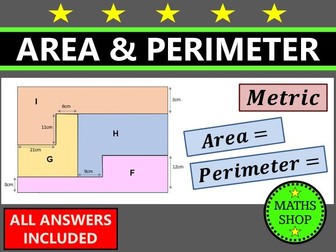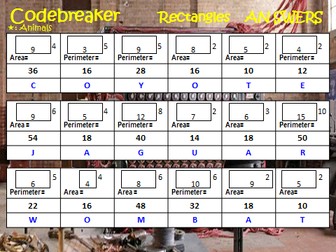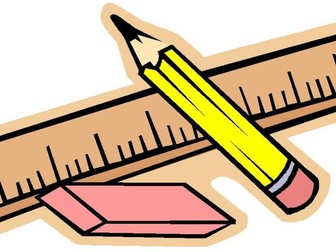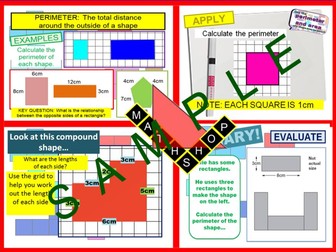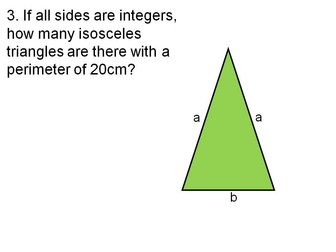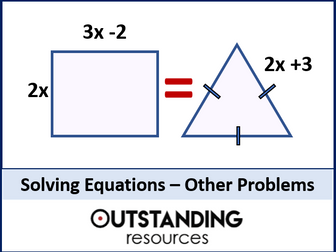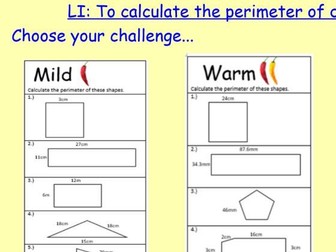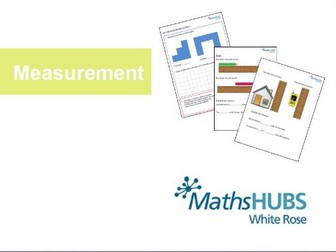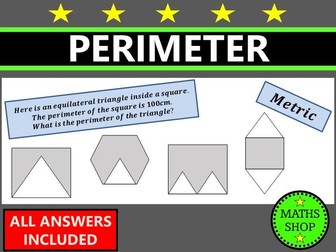
Area and Perimeter of Compound Shapes
Finding the area and perimeter of compound shapes by splitting into rectangles. This pack includes 8 worksheets with a total of 46 multi-step questions on the area and perimeter of rectangles and compound shapes made from multiple rectangles. All units are in centimetres.
✎ Contents:
This resource includes:
• Worksheet 1 – There are 7 rectangles to find the area and perimeter of. Lengths are less than 100cm.
• Worksheet 2 – There are 6 compound “L” shapes to find the area and perimeter of by splitting into 2 rectangles. Lengths are less than 100cm.
• Worksheet 3 – There are 6 compound “L” shapes to find the area and perimeter of by splitting into 2 rectangles. Lengths are longer.
• Worksheet 4 – There are 6 compound “L” shapes to find the area and perimeter of by splitting into 3 rectangles. Lengths are longer.
• Worksheet 5 – There are 6 compound “L” shapes with missing sides to find the area and perimeter of by splitting into 2 rectangles. Lengths are less than 100cm.
• Worksheet 6 – There are 6 compound “L” shapes with missing sides to find the area and perimeter of by splitting into 2 rectangles. Lengths are longer.
• Worksheet 7 – There are 6 compound “L” shapes with missing sides to find the area and perimeter of by splitting into 3 rectangles. Lengths are longer.
• Worksheet 8 – This is a challenging worksheet with missing sides. There are 3 compound shapes to find the area and perimeter of by splitting into rectangles.
• Answer sheets with all answers and working.
• Teachers Notes
✦ Objectives:
This resource has been designed to practice:
• finding the area and perimeter of rectangles.
• finding the area and perimeter of compound shapes by splitting into rectangles.
• finding the area and perimeter using metric measurements.
• Addition and multiplication methods.
✽ Directions:
Print out the 8 worksheets for each student.
They can be printed in colour or black and white.
✦ Notes:
All units in this resource are centimetres.
These questions are suitable for use without a calculator.
All answers are included.
To view this resource in inches, please click here
♥ You may also like:
Maths Logic Problems Red White and Blue Themed
☞ To view my other resources, please go to Maths Shop
